Dollar Cove's name gets it all wrong — it's a Cornwall beach that's worth a million
Ben Lerwill takes a look at the West Country beach which has a rich history.
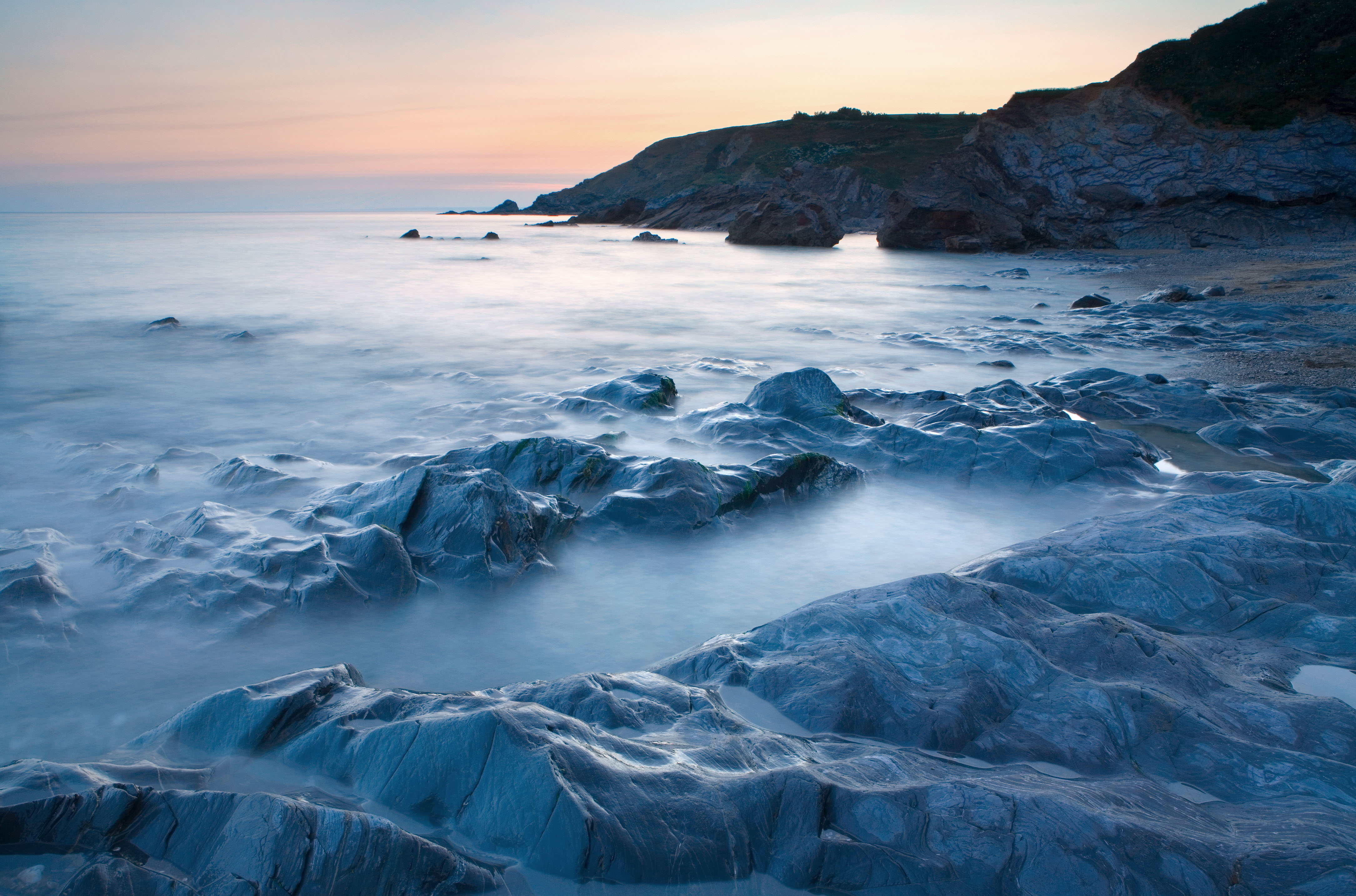

Lotte Brundle
Let’s voyage offshore to a savagely windy night in 1669. Dark waves pounded the hull of a passing Spanish galleon trapped in the eye of the tempest. The ship, which went by the name San Salvador, could only cope for so long. By daybreak, it was wrecked on the rocks, its crew lost and its bounty of silver coins sunk. Over the centuries that followed, these dollar pieces washed up on the coast around the hamlet of Gunwalloe, ghostly monetary mementoes of a long-gone storm.
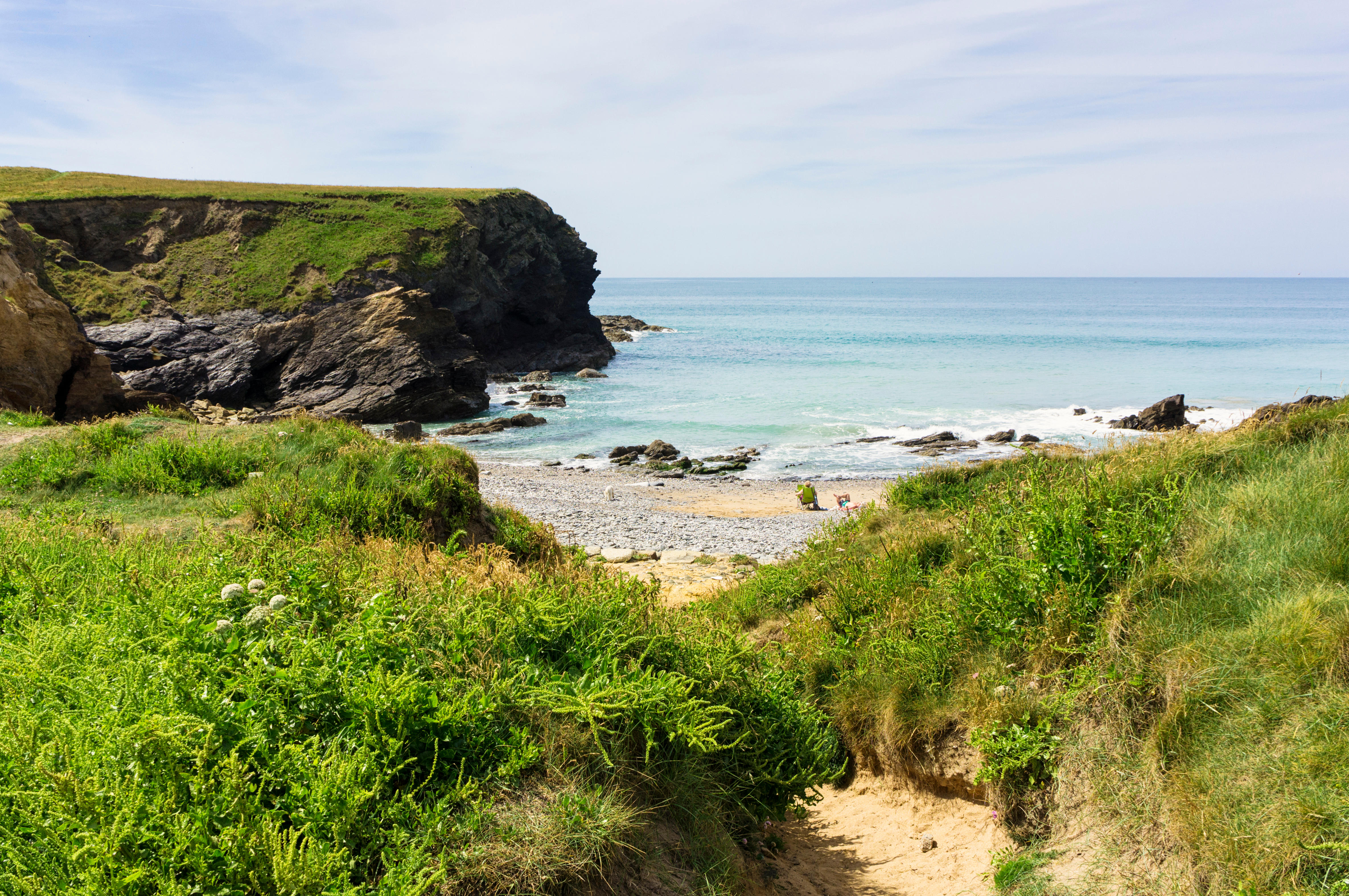
The path to Dollar Cove beach at Gunwalloe.
Thus runs the legend around Dollar Cove, in Gunwalloe, Helston, on the Lizard peninsula’s north-west shoreline. Its history, however, stretches back even longer. Gunwalloe is one of Cornwall’s very oldest settlements, being the region’s first entry in the Domesday Book of 1086, and even has remnants of Bronze Age archaeology among its tussocky dunes and slopes.
Fans of Aiden Turner's rather rugged turn in the BBC hit series Poldark may remember the scene where he brought sailors and goods ashore after a shipwreck. That was filmed at Dollar Cove.
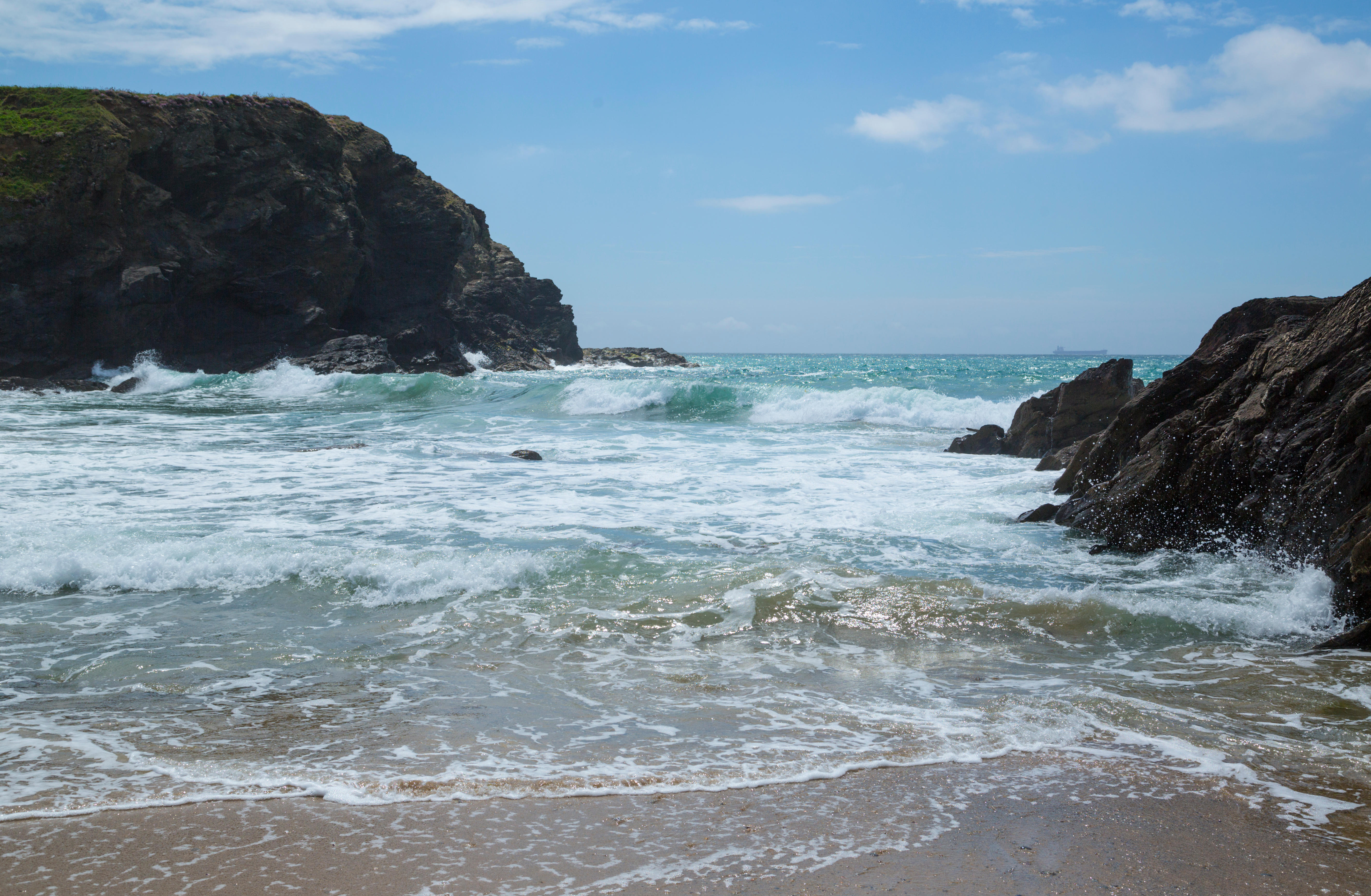
Waves breaking at Dollar Cove.
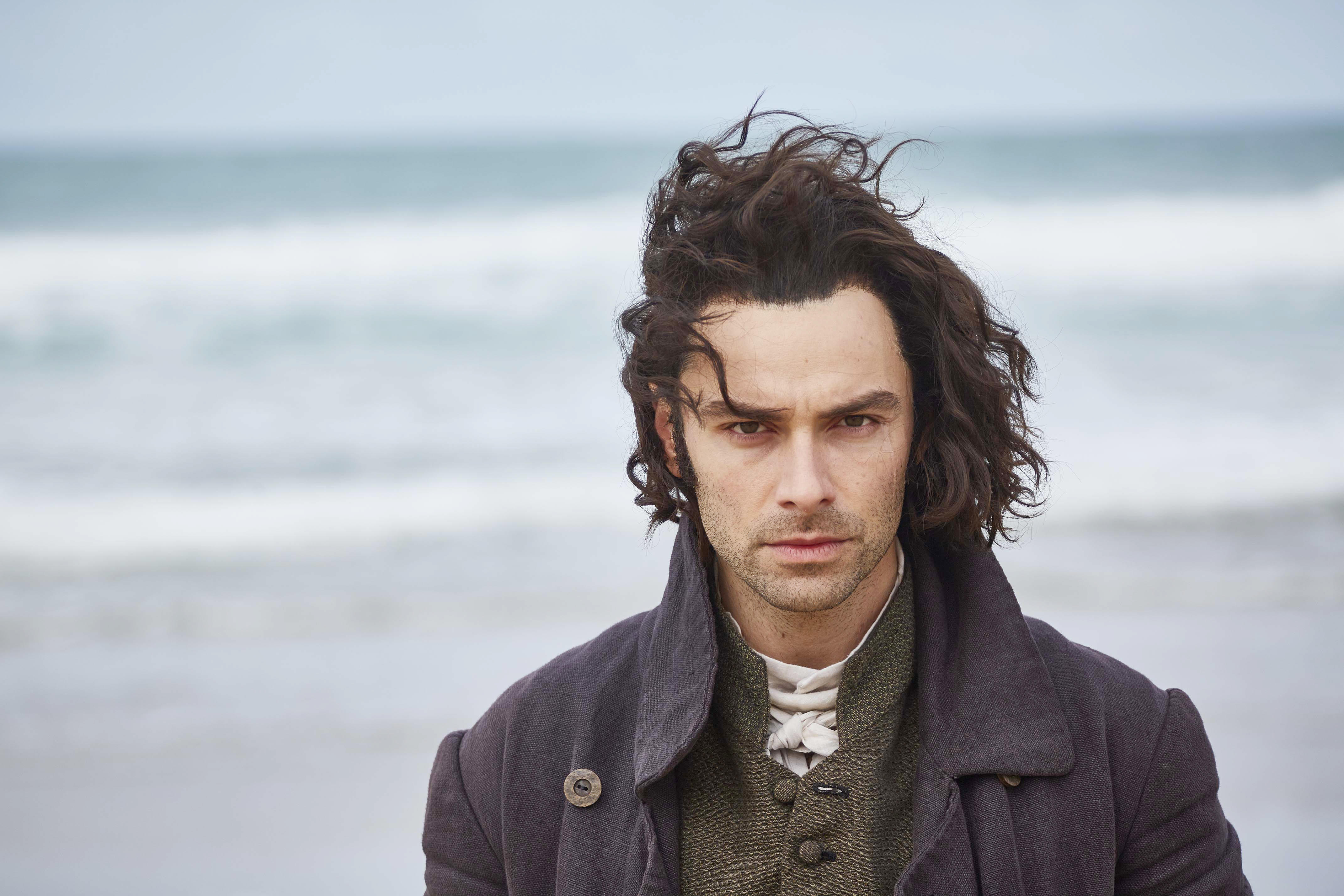
The Cornish coast looked particularly inviting as the backdrop to Aidan Turner's character in Poldark.
Today, the cove itself is a wild, rocky place, backed by low-slung hills. Its beauty is of the craggy kind and, as somewhere to find relative calm, it’s usually a safe bet. Does shipwrecked coinage still appear on the sands? There’s only one way to find out.
Visiting Dollar Cove
With a large National Trust car park nearby, Dollar Cove is perfect to visit if you're driving. While you're at it, it may be worth paying a visit to A its next-door neighbour, Church Cove, which, alongside the former location, makes us Gunwalloe Beach. Church Cove also has a small café and toilets and Loe Pool isn't very far away if you wanted to make a day of it.
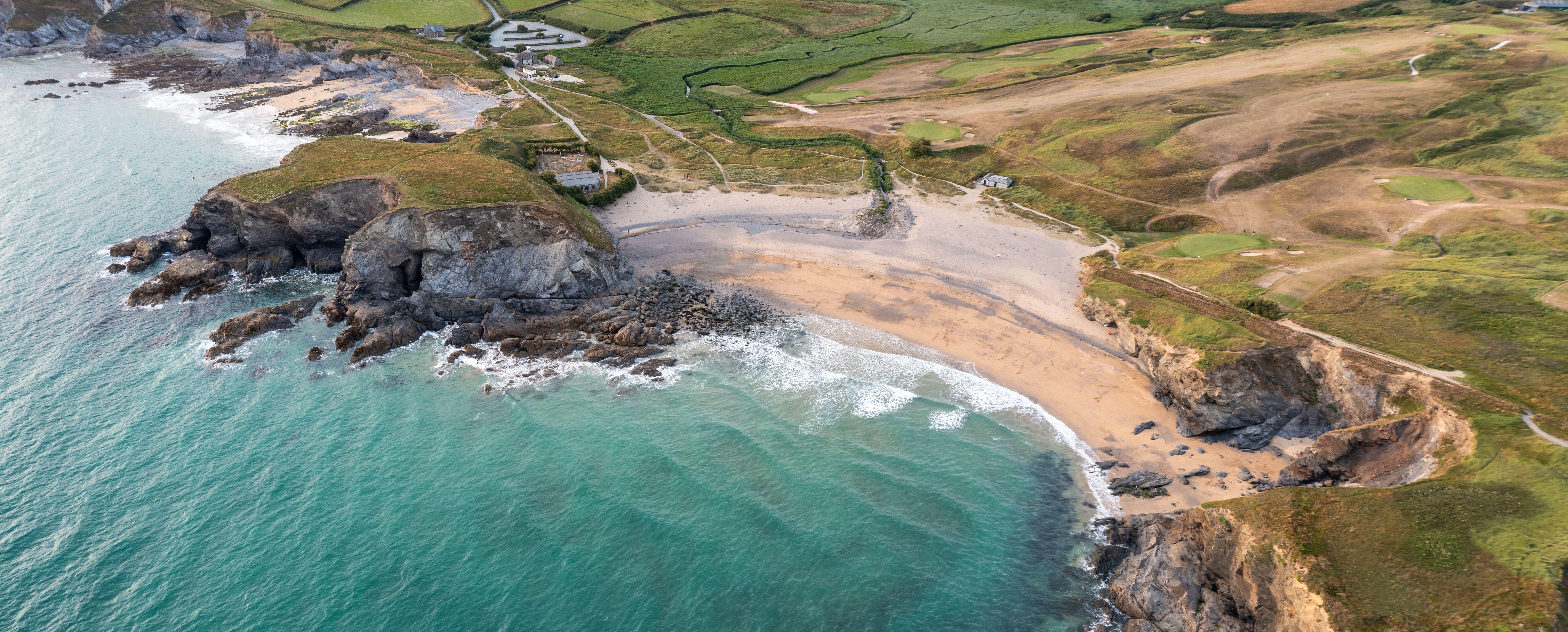
Church Cove and Dollar Cove from above.
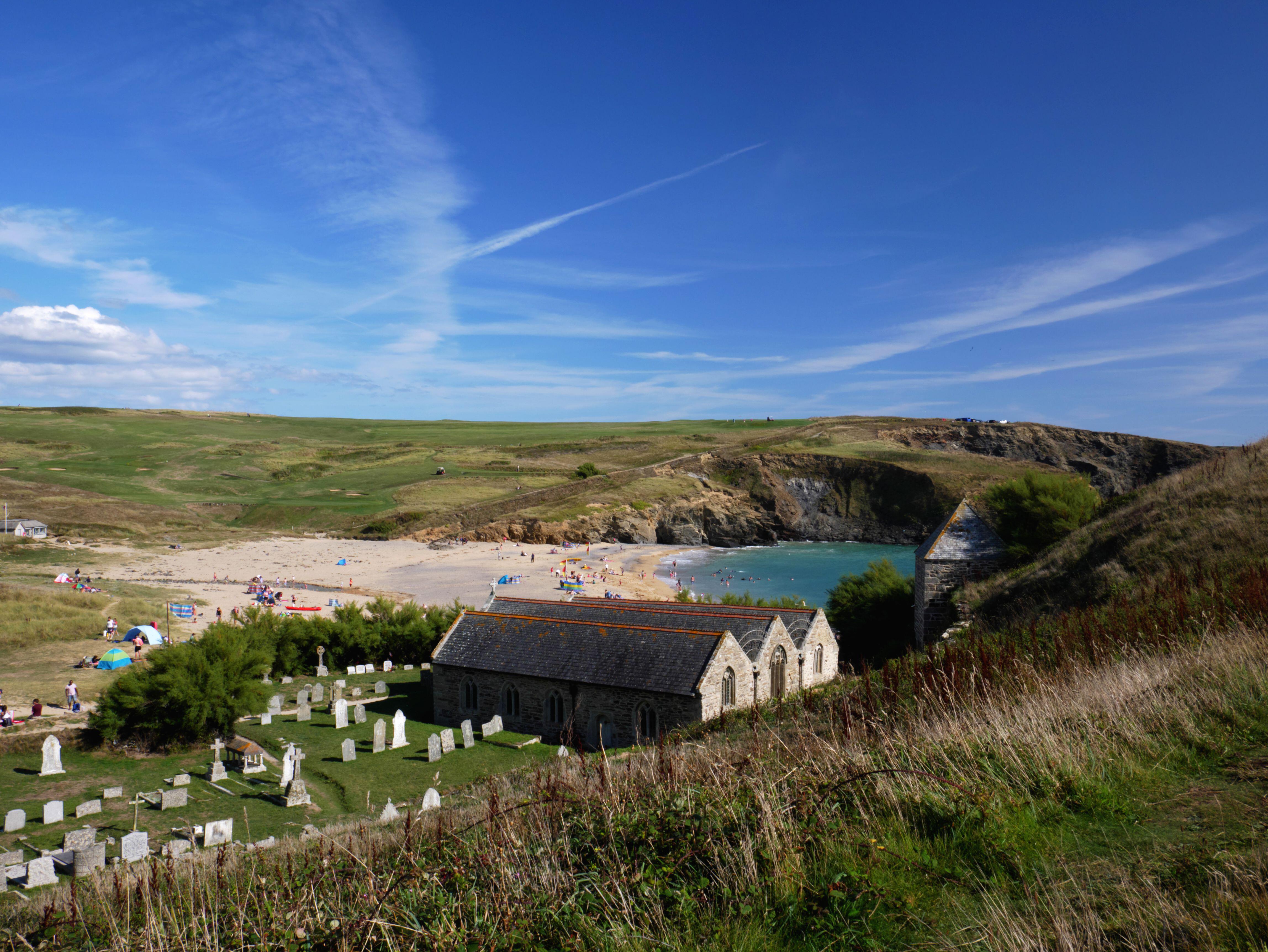
Church Cove is a twee vision, and close by for a visitor from Dollar Cove.
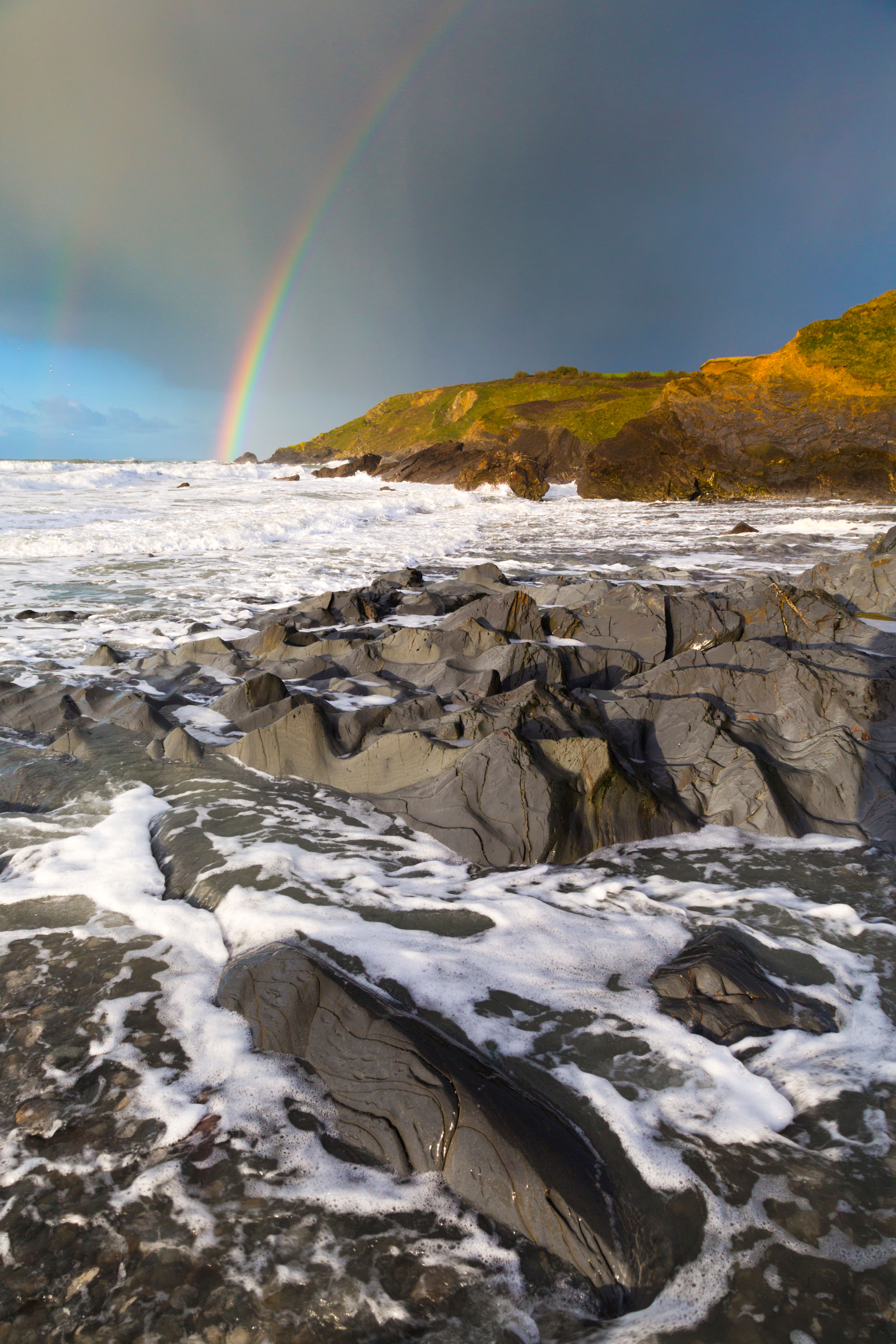
Idyllic views and well worth a visit.
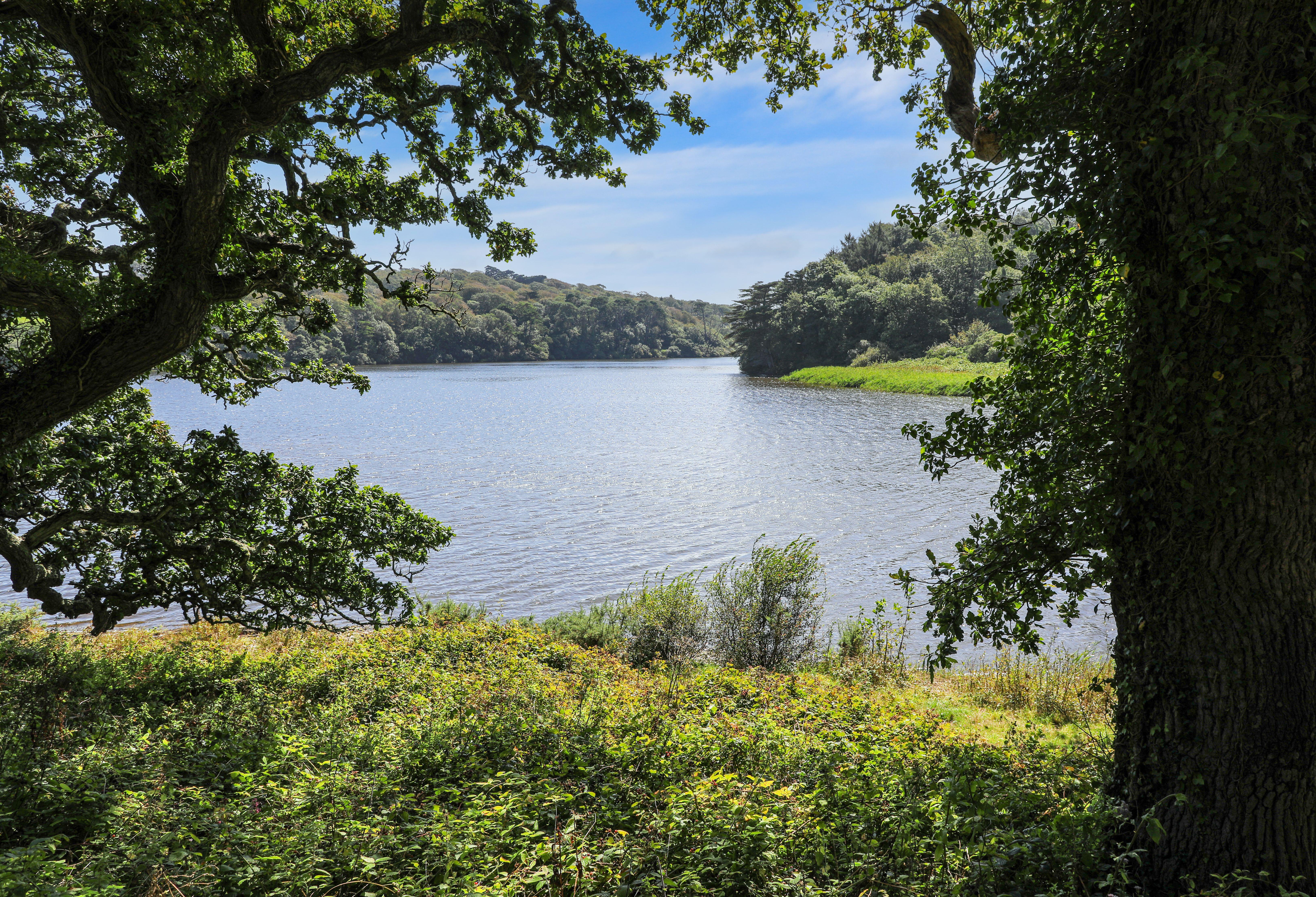
Loe Pool is Cornwall's largest natural lake.
Exquisite houses, the beauty of Nature, and how to get the most from your life, straight to your inbox.
Ben Lerwill is a multi-award-winning travel writer based in Oxford. He has written for publications and websites including national newspapers, Rough Guides, National Geographic Traveller, and many more. His children's books include Wildlives (Nosy Crow, 2019) and Climate Rebels and Wild Cities (both Puffin, 2020).
-
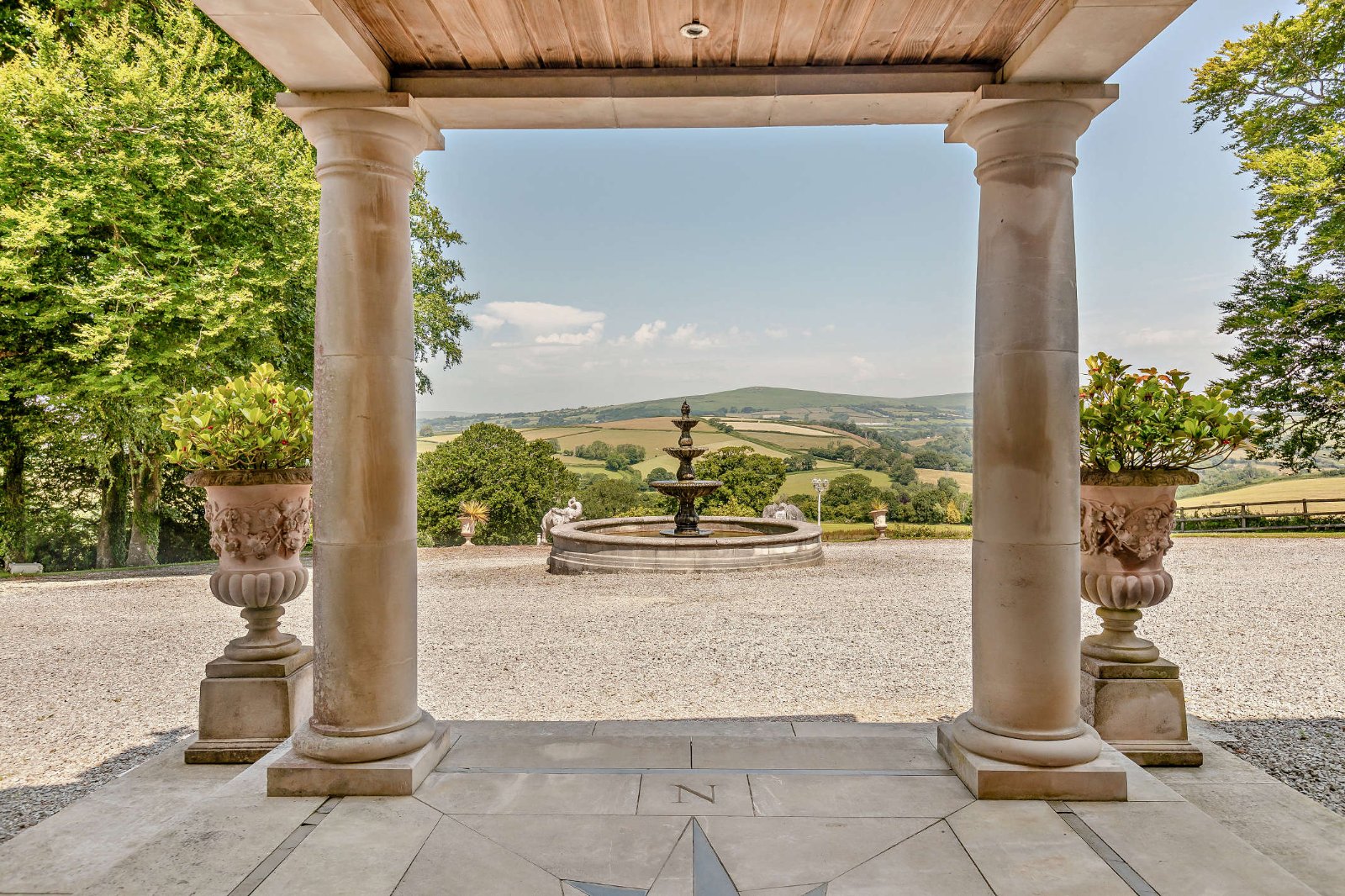 18 country houses across Britain, from £400,000 to £4 million, as seen in Country Life
18 country houses across Britain, from £400,000 to £4 million, as seen in Country LifeOur look at the homes to come to the market via Country Life this week picks out a charming Kent cottage and an Arts and Crafts house in Leicestershire.
-
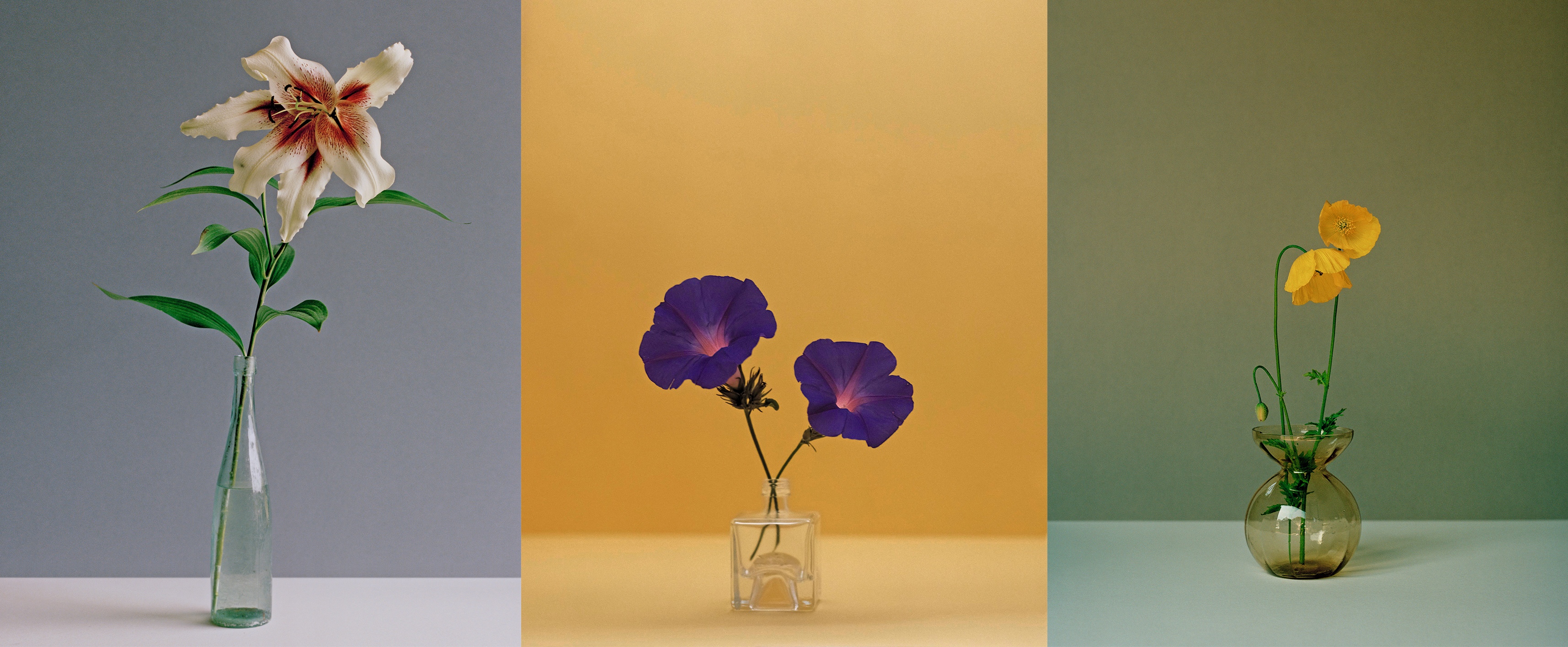 The greatest flowers make the greatest art
The greatest flowers make the greatest artA search for still-life subjects led Kate Friend to some of the greatest gardens and gardeners in the country
-
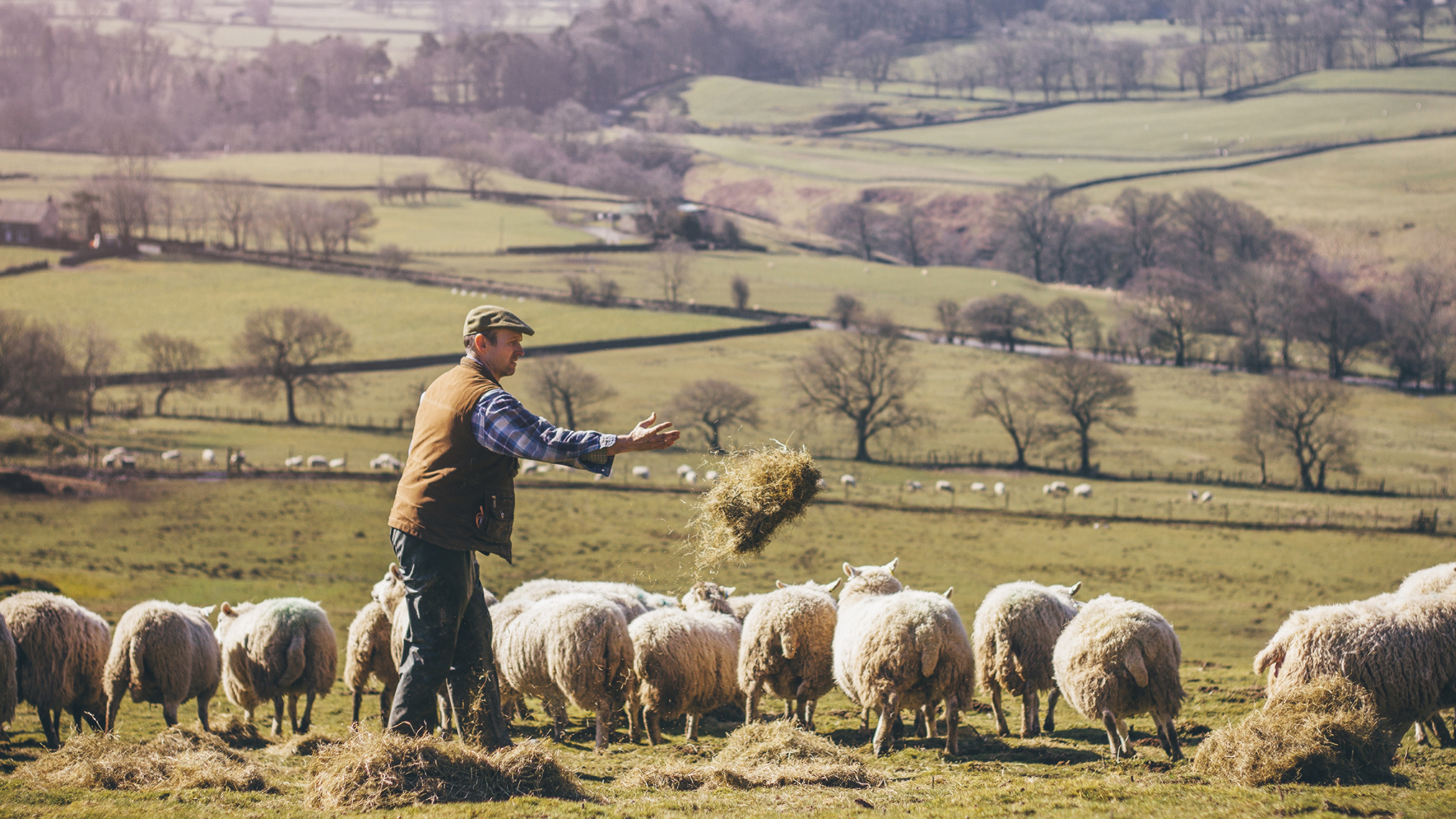 I was Jeremy Hunt’s main political adviser and helped put together multiple Autumn Statements and Budgets. This is what I think Rachel Reeves’s Budget means for the countryside
I was Jeremy Hunt’s main political adviser and helped put together multiple Autumn Statements and Budgets. This is what I think Rachel Reeves’s Budget means for the countrysideAdam Smith, former chief of staff to the Chancellor of the Exchequer, reflects on what last week's Budget means for the countryside and how we ensure the rural voice is heard loudly inside Budget preparations.
-
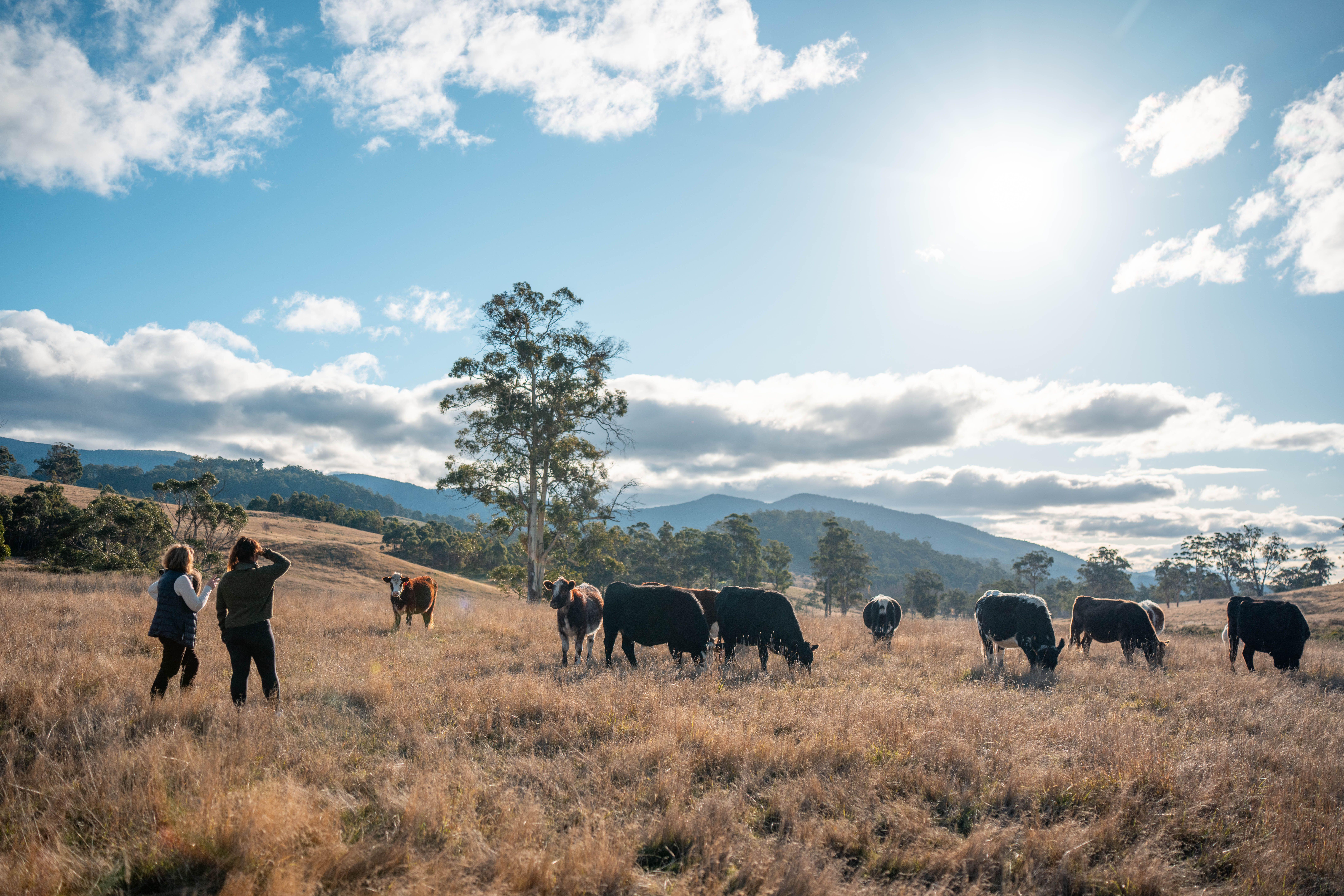 The Budget: What do we need to fix a broken countryside, and what will we get?
The Budget: What do we need to fix a broken countryside, and what will we get?With the Autumn Budget looming, countryside and heritage organisations reveal what they are hoping to hear to fix the turmoil — and what they are dreading
-
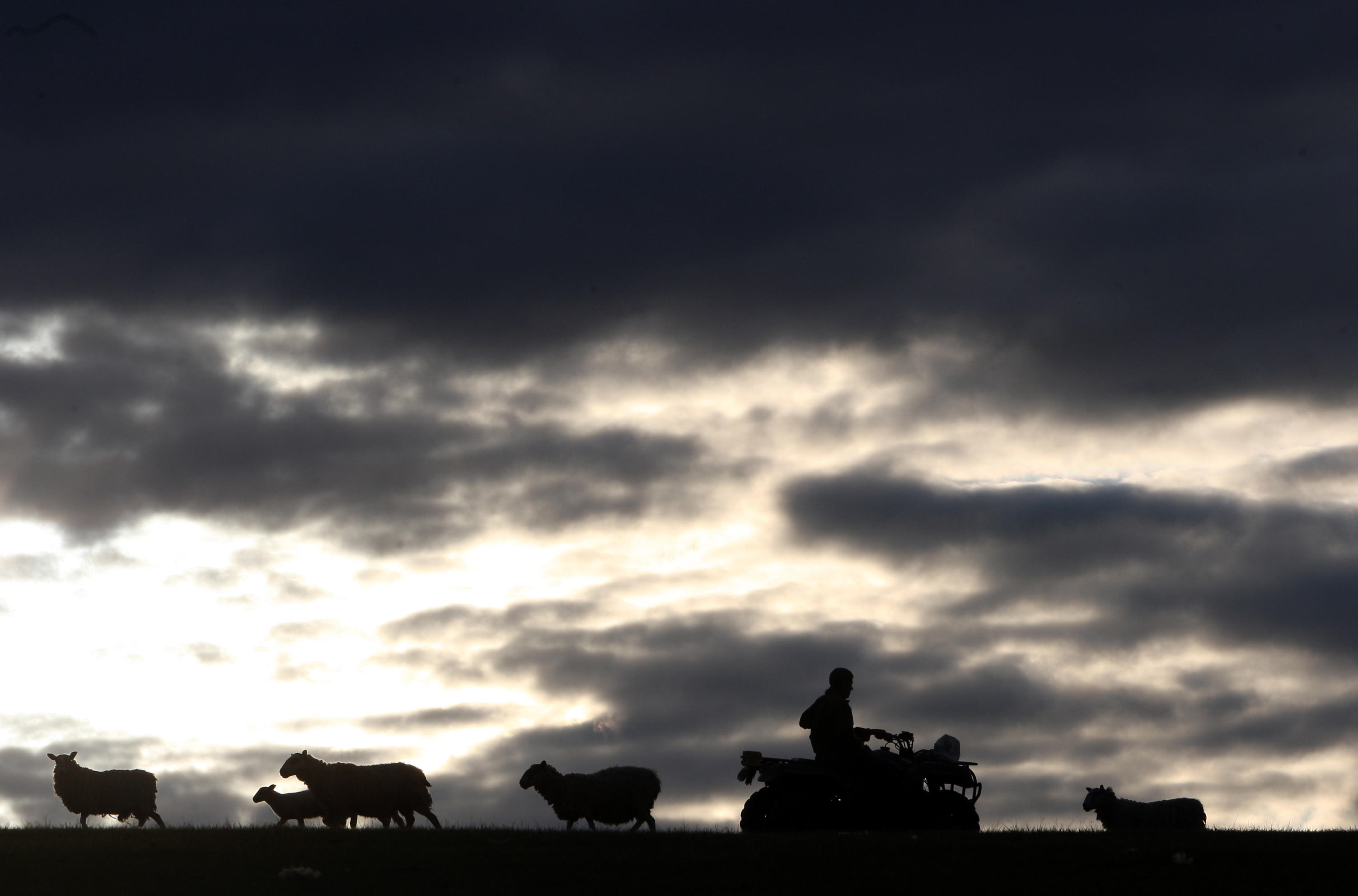 'I’m going to be the first in more than 100 years to sell anything off': How the upcoming budget uncertainty is impacting young farmers
'I’m going to be the first in more than 100 years to sell anything off': How the upcoming budget uncertainty is impacting young farmersChanges to inheritance tax, property relief and Defra budgets will likely change Britian's rural landscape. We ask the next generation of farmers what they think their future will look like.
-
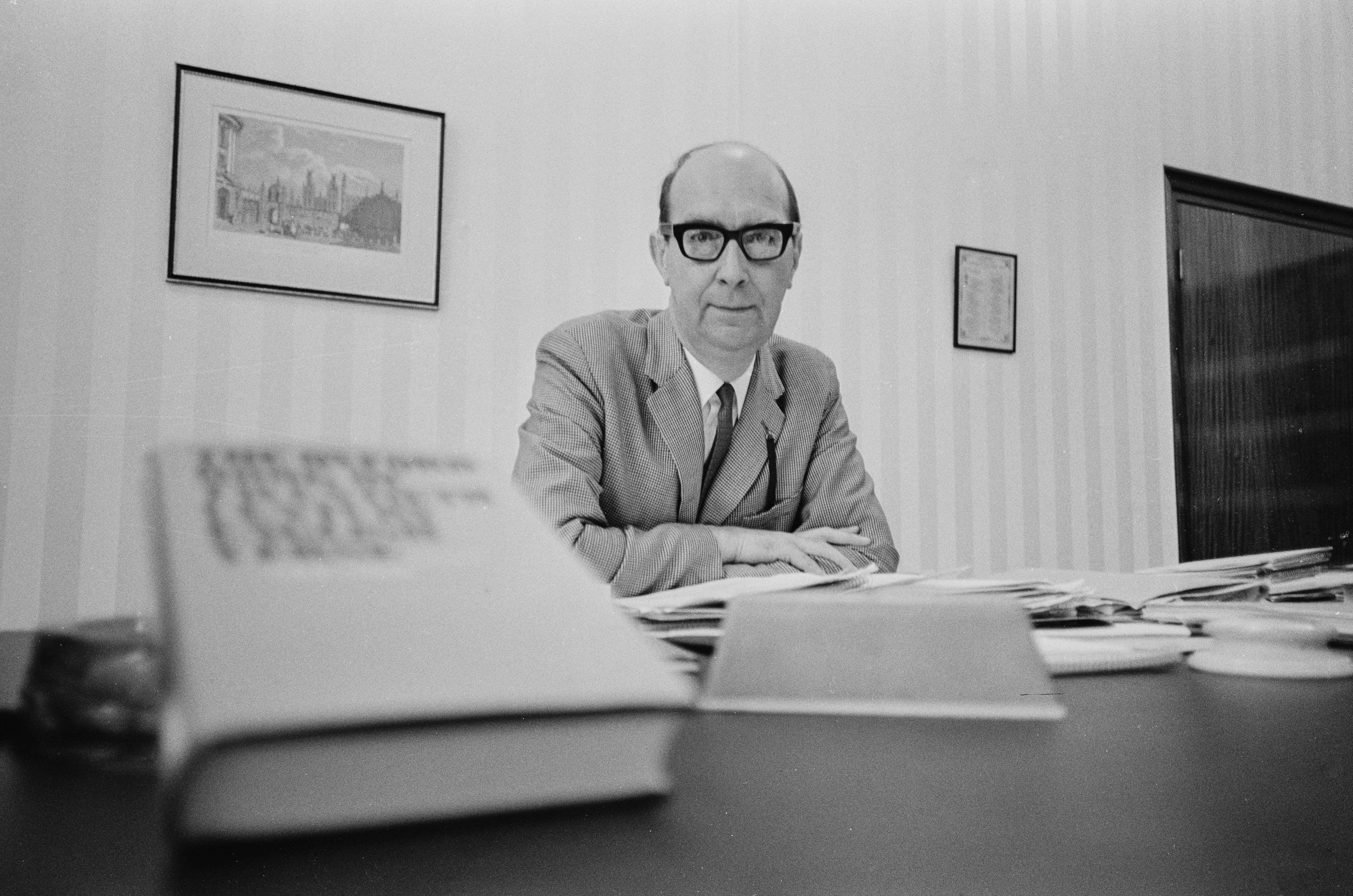 An unfenced existence: Philip Larkin's love of the countryside
An unfenced existence: Philip Larkin's love of the countrysideRichard Barnett pokes at Larkin’s protective carapace of soot-stained gloom and finds a writer with an unillusioned yet tenderly perceptive sense of Nature, in all its beauty and indifference
-
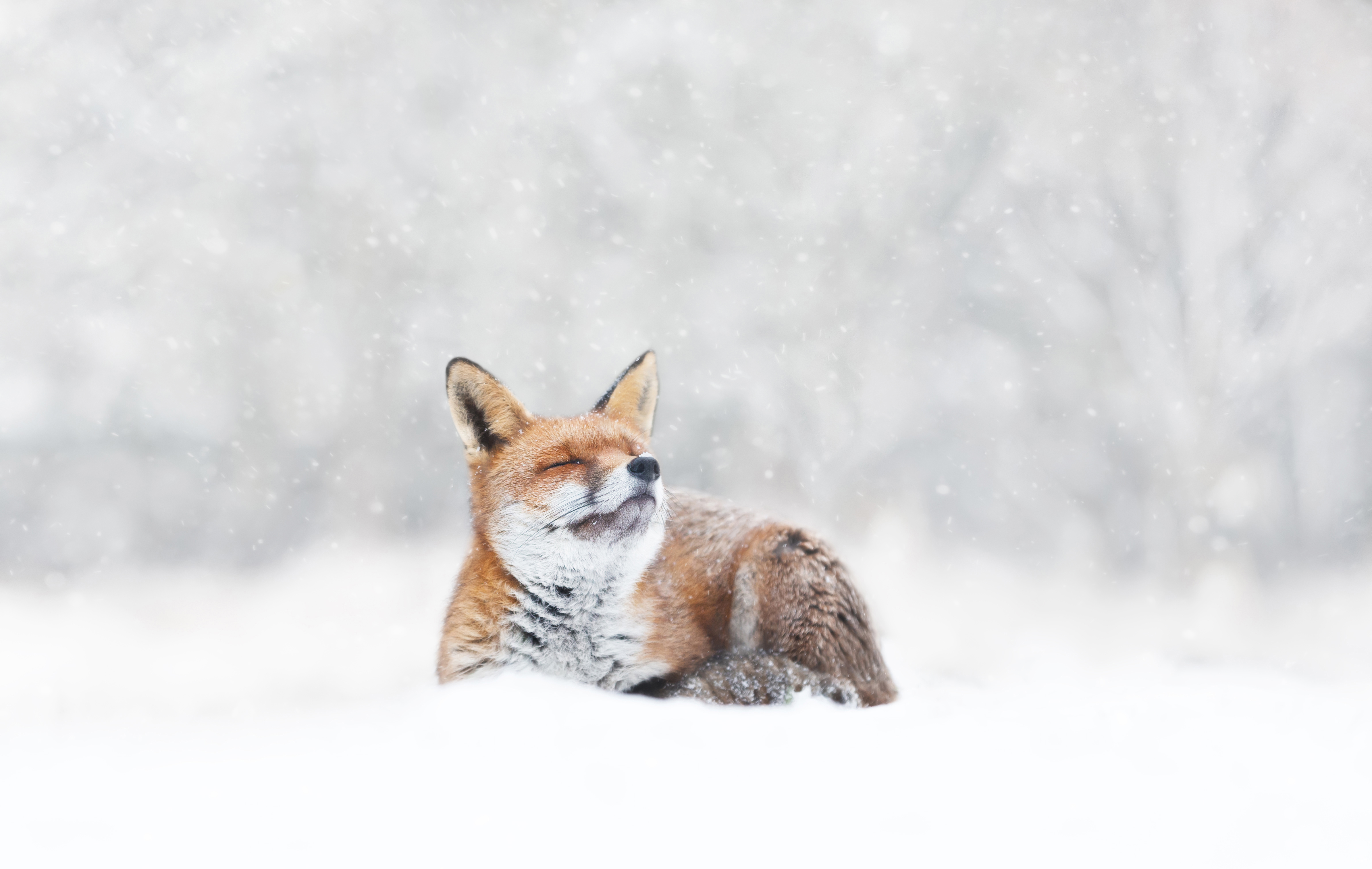 Baby, it’s cold outside (even if you have a natural fur coat): How our animals brave the winter chill
Baby, it’s cold outside (even if you have a natural fur coat): How our animals brave the winter chillWhen the temperature drops, how do Britain’s birds, beasts and plants keep the cold at bay? John Lewis-Stempel reveals Nature’s own thermals.
-
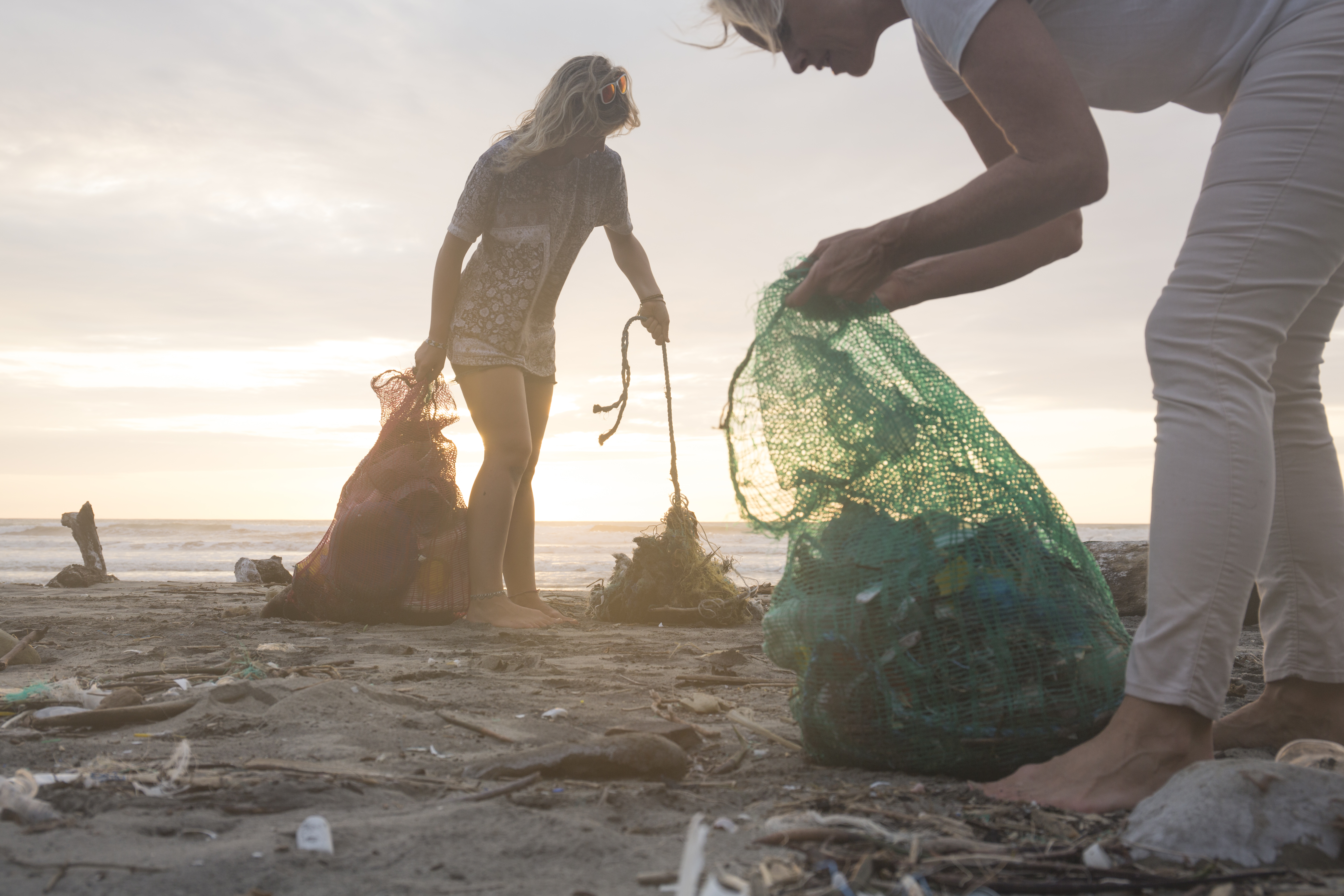 Retro rubbish: Waste from the 90s unearthed in 97-mile-long beach clean
Retro rubbish: Waste from the 90s unearthed in 97-mile-long beach cleanThe 6,482 volunteers unearthed waste discarded decades ago among the 232,229 pieces of litter recorded during the initiative.
-
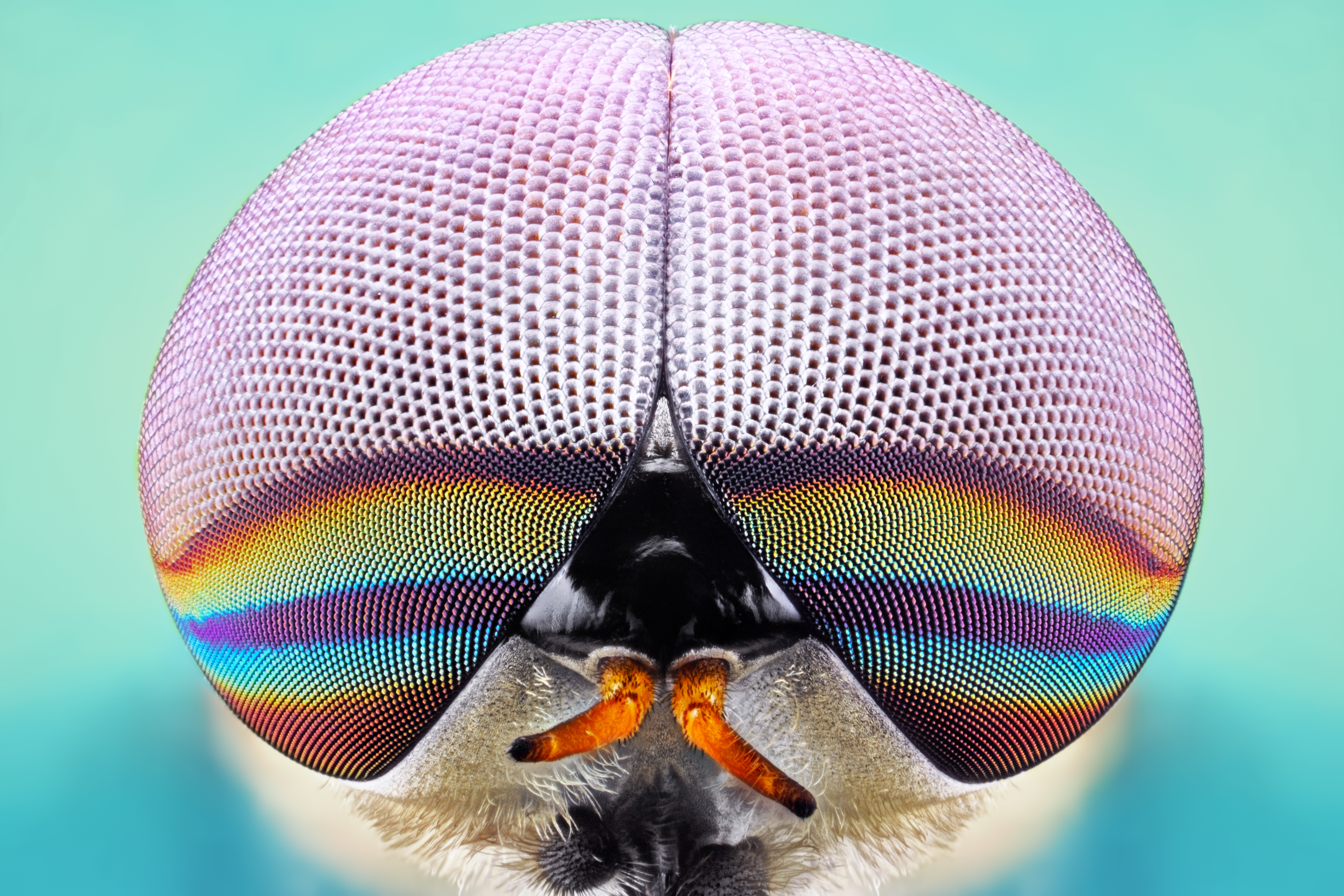 Dangerous beasts (and where to find them): Britain's animals that are best left alone
Dangerous beasts (and where to find them): Britain's animals that are best left aloneJohn Lewis-Stempel provides a miscellany of our otherwise benign land’s more fearsome critters.
-
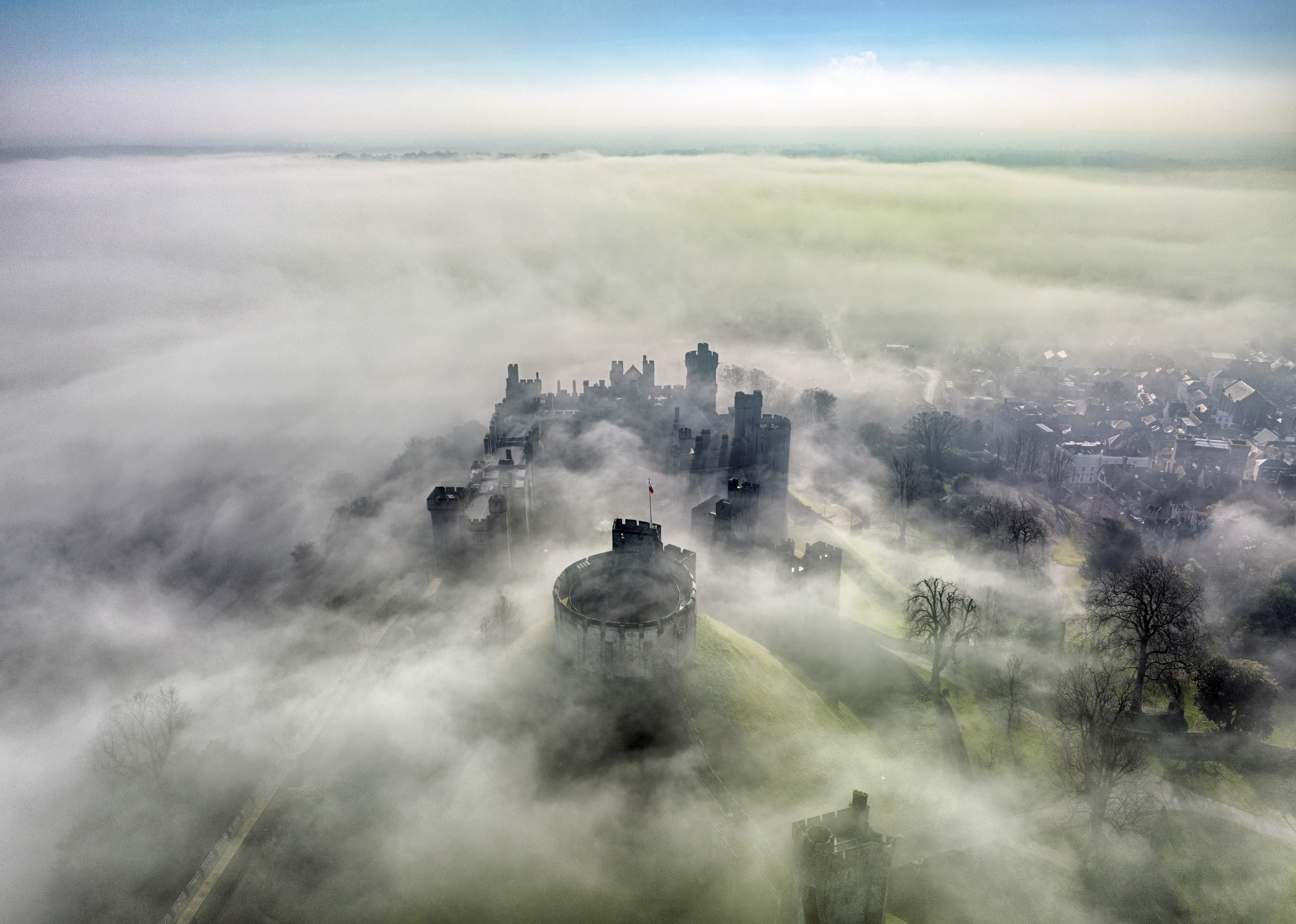 Mystery, muse and metaphor: There's more to fog than meets the eye
Mystery, muse and metaphor: There's more to fog than meets the eyeSmothering, transformative and beautiful, fog’s close-set shroud has inspired titans of literature, cinema and art — and forces the rest of us to look at the world a little closer.
